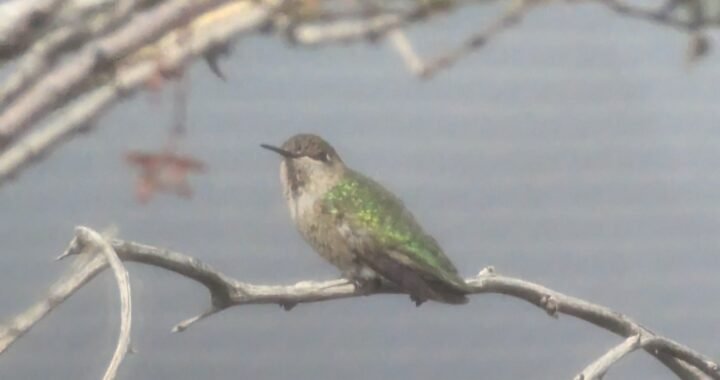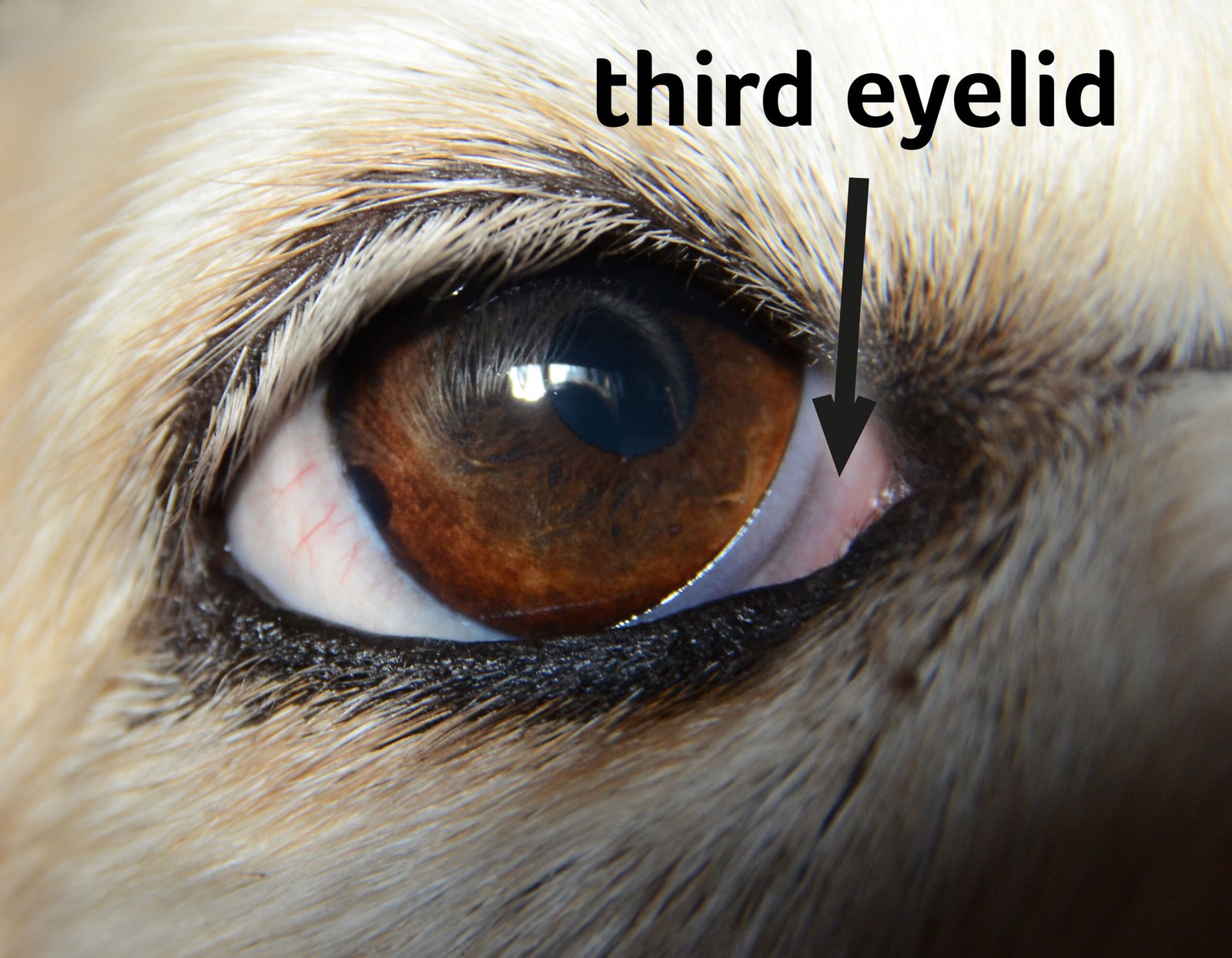I finally was able to get a close enough look at the hummingbirds around Quartzsite to be able to identify them – these hummingbirds as the Anna’s hummingbird. This bird is the most common hummingbird found along the Pacific coast, from Mexico all the way up to BC, Canada!

Out of the light, their colours appear dull and greyish, but if you catch them in the right light, you’ll see iridescent green feathers along the back and wings, and a brilliant red in the feathers of the females’ gorgets (neck/throat area) and all around the males’ gorget and head, like a ski mask. If they shine the light in just the right way, it appears like a bright reflector. This reflecting of the light is actually used in their favour – males do an impressive dive from up to 150 feet in the air down to a female at an angle that will display these beautiful feathers to his potential mate.
These hummingbirds don’t migrate much, if at all, depending on their location. They can enter a sort of short-term hibernation, called topor, to slow their heart rates and be able to withstand a body temperature as low as 48f (8c), so they can survive some of the colder nights and days in these areas.
Their wings are what are so impressive. I have been lucky to be able to watch some of these hummingbirds from my office tent. They are incredible to watch, seeing the blur of the wings as they hover, bodies barely moving. Hummingbirds are one of the top experts in flight of all species, able to not only hover but also to fly backward, which no other bird can do. Beating 12-80 times per second, they flap in a figure 8 motion, which you can see with a slow motion camera. These fast speeds mean that this medium-sized hummingbird has a heart rate of up to 1260 bpm!
These birds are solitary and territorial, getting together only to mate. The female looks after the incubation, raising, feeding, and teaching her young to fly. When they are 18-23 days old, the mom will feed them only a little to start, then fly to a nearby branch to encourage the babies to fly. She will gradually go to higher branches until the babies learn to fly on their own, off to find their own sources of nectar and insects.

These birds have become so common on the Pacific Coast partly due to humans planting hummingbird-friendly flowers and hanging hummingbird feeders. They like to hang around near food sources as well, as they typically eat every 20 minutes, so it is definitely worthwhile to hang a feeder and observe them first-hand! I hope to capture more videos and pictures of these beautiful, vocal birds.




Leave a Reply